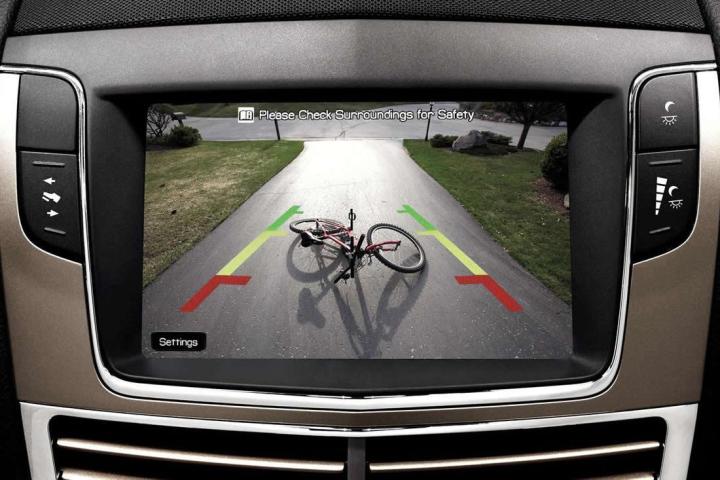
Last year, vehicles averaged less than one camera per car, often in the form of a backup camera sold as an option like leather seats. According to the report, the growth is expected to come from camera systems designed for safety, parking assistance, and a 360-degree view of the vehicle.
The report’s lead, Pierre Cambou, estimates that there will be 371 million automotive cameras on the roads in the next five years. While that means a 20 percent potential increase in profits for sensor developers and automotive camera companies, the trend would also mean consumers would find camera safety features standard on many vehicles, if the firm’s predictions come true.
Automotive Driver Assistance Systems (ADAS) is expected to make up 51 percent of that growth, the report indicates. Analyst Eric Mounier says that, because these fairly new systems now have a positive track record, more companies are likely to make the investment.
The increase covers the obvious cameras — like backup and blind spot systems — as well as more advanced options. Night vision cameras that detect pedestrians and animals could also increase in popularity.
Some camera systems are expected to become options on luxury car brands as well. For example, 3D cameras inside the vehicle can monitor the driver and recognize his or her gestures — like in the hand motions to control the radio and climate controls demonstrated by BMW.
Automotive imaging technology has already shifted from two-dimensional applications to 3D cameras capable of measuring depth, the report says, and is expected to venture into adding time as a fourth dimension around 2030. While the report is only educated guesses, the research gives consumers a good idea of what cars of the future might look like — or at least what their cameras might see.



